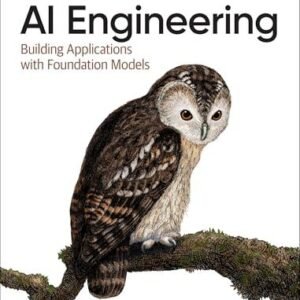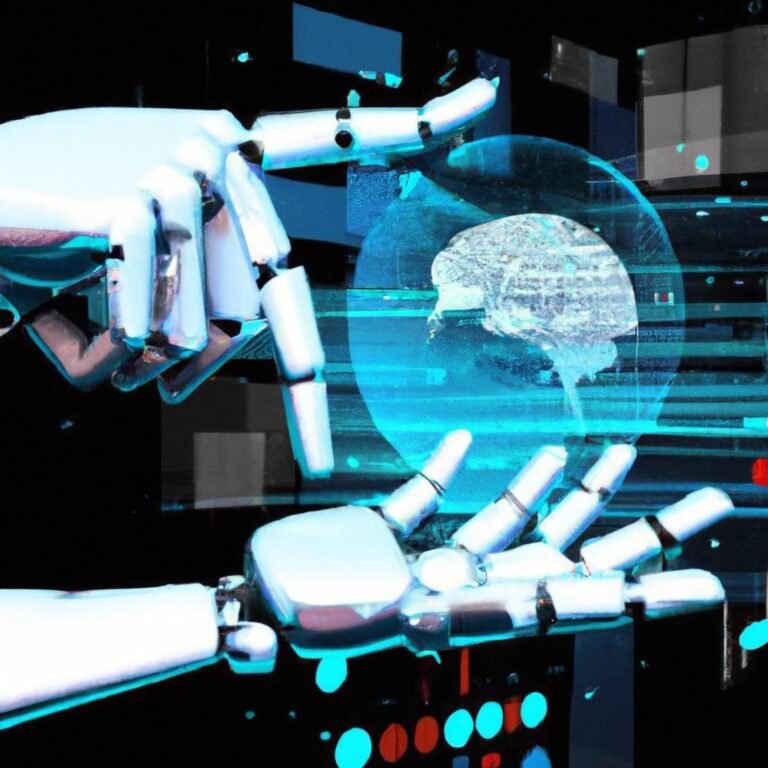In an era where technology evolves at breakneck speed, the convergence of artificial intelligence and robotics stands as a pivotal force reshaping the employment landscape. As businesses increasingly turn to advanced automation to streamline operations and enhance productivity, the ramifications on labour markets are profound and multifaceted. From manufacturing floors to service industries, the integration of AI-driven robots is not just changing how tasks are performed; it’s fundamentally altering the dynamics of work itself.
In this article, we will explore the transformative effects of AI robotics on employment, examining both the opportunities and challenges that arise in this new frontier. How is automation influencing job creation and displacement? What skills will be in high demand in an AI-driven economy? Join us as we delve into the ways AI robotics is redefining traditional roles, fostering innovation, and paving the way for a future that requires a reimagined approach to work. Whether you’re an employer, employee, or simply someone curious about the future of work, understanding these changes is essential in navigating the complexities of the emerging labour market.
Table of Contents
- Impact of AI Robotics on Job Displacement and Creation
- Navigating Skill Gaps in an Automated Workforce
- Adapting Educational Systems for Future Employment Needs
- Strategic Approaches for Business Resilience in the Age of Automation
- In Retrospect
Impact of AI Robotics on Job Displacement and Creation
The rise of AI robotics is reshaping employment landscapes in unprecedented ways, leading to both job displacement and the creation of new opportunities. As automation sweeps through industries, routine tasks that once required human labour are increasingly being performed by intelligent machines. This shift is particularly noticeable in sectors such as manufacturing, agriculture, and logistics, where repetitive tasks can be efficiently handled by robots. Some of the affected roles include:
- Assembly line workers
- Warehouse staff
- Data entry clerks
However, while certain jobs are vanishing, the emergence of AI robotics also fosters the development of entirely new roles that didn’t exist a decade ago. The demand for skilled professionals in AI development, machine learning, and robotics maintenance is on the rise. Industries are evolving and require individuals equipped with technical skills and creativity to harness the power of these technologies. Key areas experiencing growth include:
- AI ethicists
- Robotics technicians
- Data scientists
| Job Type | Current Trend |
|---|---|
| Displaced Roles | Declining |
| Emerging Jobs | Increasing |
| Skill Development | Essential |
Navigating Skill Gaps in an Automated Workforce
As automation and AI technology permeate various sectors, the workforce is experiencing profound changes, leading to significant skill gaps. Traditional roles are evolving, creating a demand for new competencies that align with advanced technologies. Workers now face the challenge of upskilling to remain relevant, as tasks previously performed by humans are increasingly taken over by robots and AI systems. To navigate these shifts, employers and employees alike must embrace a culture of continuous learning and adaptability.
To effectively bridge the skill gap, the integration of targeted training programs is essential. Companies are encouraged to implement strategies that include:
- Regular training seminars on new technologies
- Partnerships with educational institutions for workforce development
- Mentoring and knowledge-sharing initiatives
- Incentives for employees to pursue relevant certifications
Furthermore, proactive engagement with emerging industry trends can foster a responsive workforce capable of evolving alongside technological advancements.
| Skill Set | Importance | Training Method |
|---|---|---|
| Data Analysis | High | Online Courses |
| AI Management | Critical | Workshops |
| Robotics Maintenance | Moderate | On-site Training |
| Soft Skills | Essential | Team Building Activities |
Adapting Educational Systems for Future Employment Needs
As AI and robotics increasingly permeate various industries, the educational landscape must evolve to equip students with the necessary skills for the future job market. This evolution involves a collaboration between educational institutions and industry leaders to ensure curriculum designs reflect real-world demands. Key areas of focus should include:
- STEM Education: Emphasizing science, technology, engineering, and mathematics will prepare students for careers in AI and automation.
- Soft Skills Development: Communication, teamwork, and problem-solving skills are crucial as automation takes over routine tasks.
- Continuous Learning: Embracing lifelong education to adapt to existing and emerging technologies.
Moreover, educational programs should integrate hands-on experiences through internships and collaborative projects with tech companies. Establishing partnerships will not only provide students with practical exposure but also allow educators to stay updated on industry trends and technological advancements. To illustrate the shift in employment needs, consider the following table showcasing projected job roles influenced by AI advancements:
| Job Role | Skills Required | Industry Sector |
|---|---|---|
| AI Specialist | Machine Learning, Data Analysis | Technology |
| Robotics Engineer | Programming, Mechanical Engineering | Manufacturing |
| Automation Consultant | Project Management, Systems Thinking | Business Services |
| Data Privacy Analyst | Critical Thinking, Legal Knowledge | Finance |
Strategic Approaches for Business Resilience in the Age of Automation
In the rapidly evolving landscape of work, organizations must adopt a multifaceted strategy to ensure resilience amidst the rise of automation. This includes investing in upskilling and reskilling employees, fostering a culture of adaptability and innovation, and leveraging technology to streamline operations. Companies should prioritize initiatives that encourage workforce agility, which allows them to embrace change and navigate disruptions effectively. By incorporating flexible work arrangements and cross-training programs, businesses can also create a more dynamic labour force that is prepared for the challenges posed by technological advancements.
Another critical component of building resilience lies in data-driven decision-making. Organizations should utilize insights garnered from data analytics to identify trends, anticipate changes, and respond proactively to market demands. This approach not only enhances operational efficiency but also empowers businesses to harness the full potential of their human and technological resources. To facilitate this, organizations can implement integrated systems that promote collaboration and communication across departments, ensuring that teams work cohesively towards common goals. The following table illustrates key elements that businesses should focus on for enhanced resilience:
| Key Element | Description |
|---|---|
| Upskilling Initiatives | Programs designed to enhance current employees’ skills |
| Flexible Work Policies | Options that allow employees to work in varied environments |
| Data Analytics | Tools that provide insights for informed decision-making |
| Collaboration Tech | Platforms that bolster communication and teamwork |
In Retrospect
As we stand on the brink of a technological revolution, the integration of AI robotics into labour markets represents both a challenge and an opportunity. While the automation of tasks may lead to fears of job displacement, it’s crucial to recognize the potential for creating new roles and enhancing productivity across various sectors.
Navigating this transformative landscape requires adaptability, a willingness to embrace lifelong learning, and proactive strategies from both businesses and policymakers. By investing in reskilling and upskilling our workforce, we can harness the capabilities of AI robotics not merely to replace human effort but to complement it.
The future of work is not about man versus machine; it is about finding the optimal synergy between the two. As we move forward, let us approach these changes with a mindset focused on collaboration, innovation, and social responsibility. The dialog we foster today will shape the labour markets of tomorrow, ensuring that this technological evolution benefits all segments of society.
Thank you for joining us on this exploration of AI robotics and its impact on employment dynamics. We invite you to share your thoughts and experiences in the comments below. How do you see AI transforming your workplace, and what strategies do you think are essential for a smooth transition? Together, let’s build a future where technology enhances our potential rather than diminishes it.





